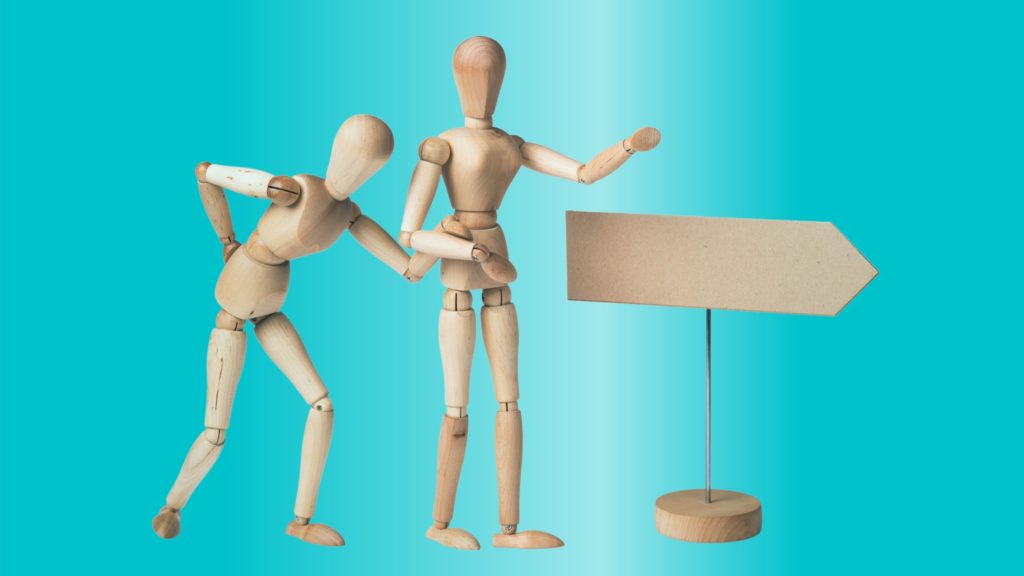
How To Build Hip Flexors For Back Pain
Your Hip Flexors Could Be A Lot Better
There are so many factors of modern living that lead to problems with the hip flexors, specifically the Psoas Muscle. This muscle provides support to the front portion of your lumbar spine and hips and will work with your mid-section muscles to protect your back. The ability of this muscle to work with your core muscles is vital considering it attaches directly onto the front of your spine.
Unfortunately nowadays, with people spending longer and longer sitting, with less time upright, let along exercising, these muscles along with your core muscles, begin to degrade in both strength and control. This leads to consequences for the lower back and forms a huge hurdle to overcome in the recovery process. How can you protect your spine from further injury without an ability to adequately coordinate these muscles with the muscles of your mid-section to protect your spine from trivial activities causing re-injury.
Engaging Hip Flexors Correctly
In the video here, we cover how to start engaging the core alongside previously discussed core engagement. It’s a skill that can sometimes take a little time to get right but such an important one. This is the first time we’re working to engage two groups of muscles simultaneously. Although for many, a little practice will swiftly improve competence, if you do struggle with this one, it really highlights challenges your body will likely have whilst upright and more complex stabilisation is required.
Avoid Getting Caught Out Stretching
The classic mistake that we see so often with back pain in general is a desire to stretch when there is a need to strengthen. Often there will be stiff and tight psoas muscles accompanying the presence of the back pain. This stands to reason because when seated the muscle shortens compared to standing, If you spend the majority of your day sitting it will of course begin to shorten. But at the same time as this the muscle looses its strength through sheer lack of stimulation.
If we take a weak muscle and require it to move through a large range of motion, the greater the range of motion, the greater the strength & competence required to safely move through this range. This is a general rule although there may well be exceptions to this rule. All too often, the first port of call is lengthening, exposing these weak muscles to more strain!
As you go through the Back In Shape Program you’ll notice there is some mobility work but it is very much proportional and not the focus in the earlier part of the program. Instead there is an up front focus on strengthening of the musculature, including the hip flexors, from the outset. Later on in the Flexibility Program (around Phase 3) you will make more direct efforts to objectively increase the length of these muscles.
What Should You Do Now?
For the time being, you can head over to the Premium Members registration below and get started on strengthening work. But if you want to learn a little bit more about the role of your core, the next video will go into much more detail on how you can protect your back with a good core!








Responses